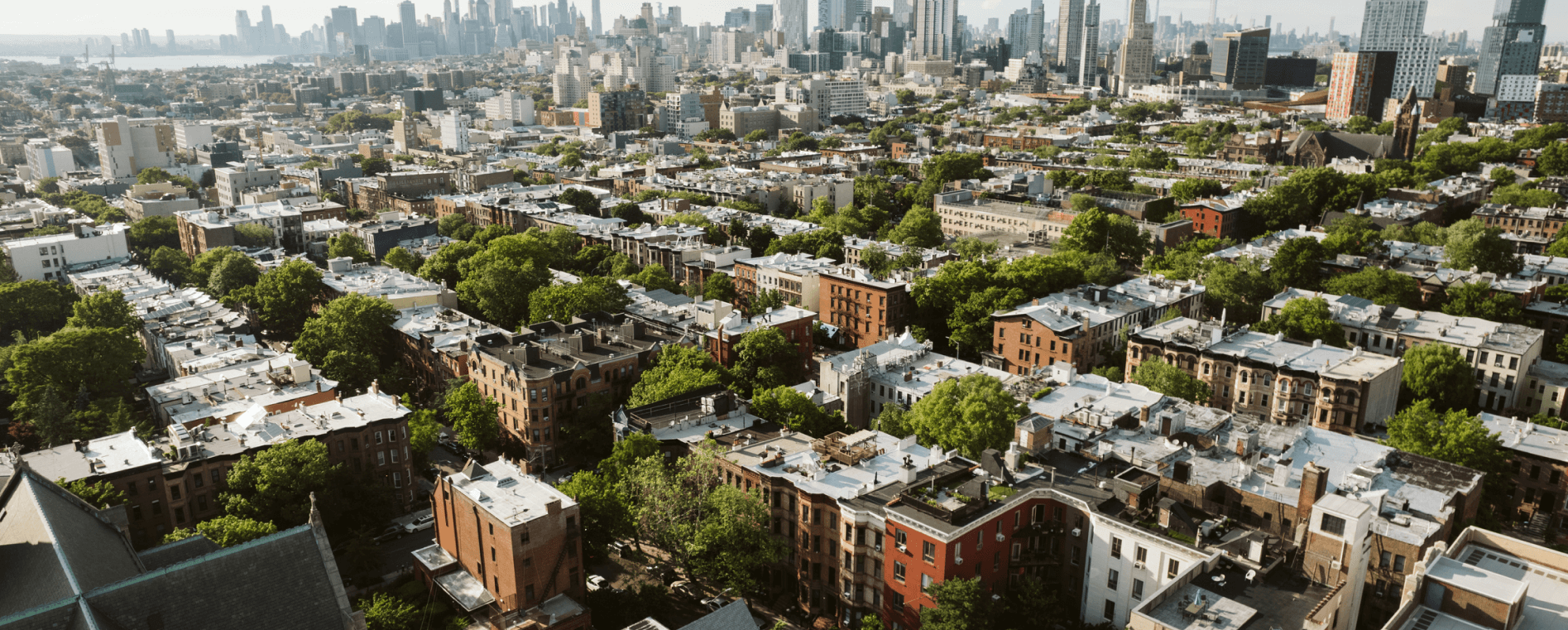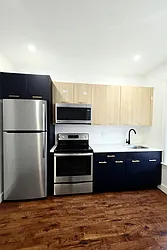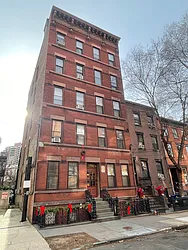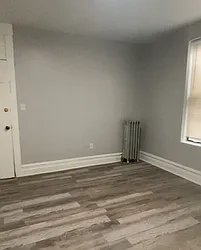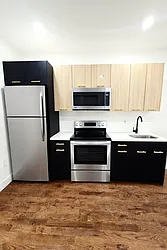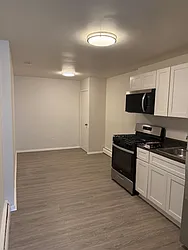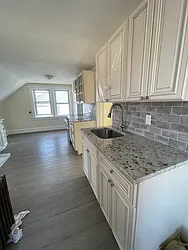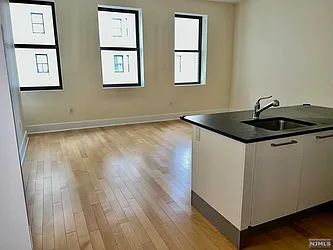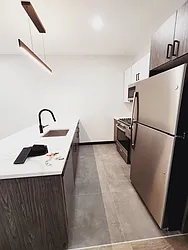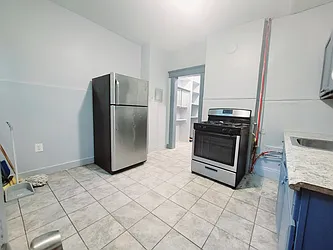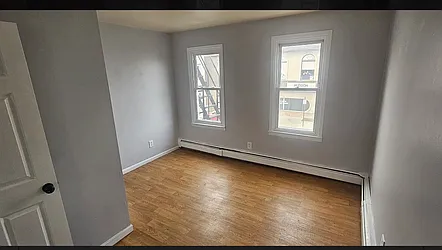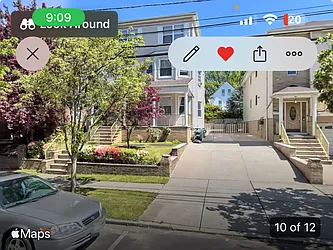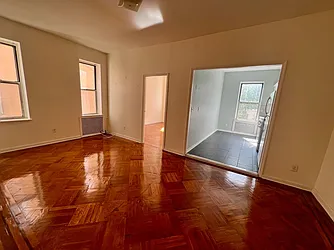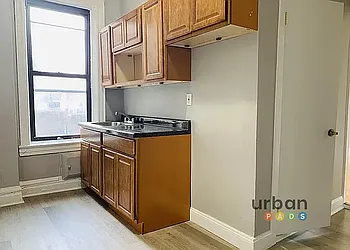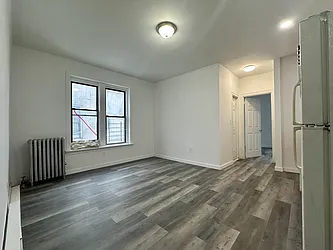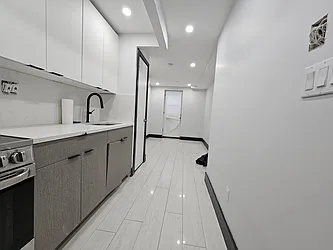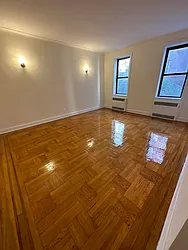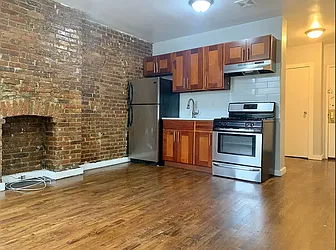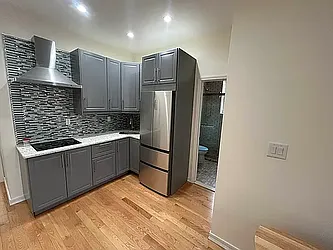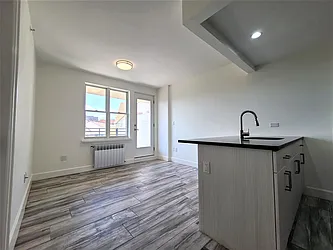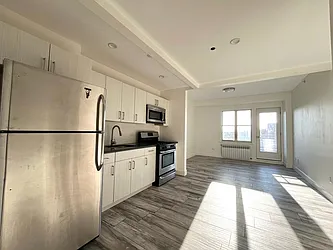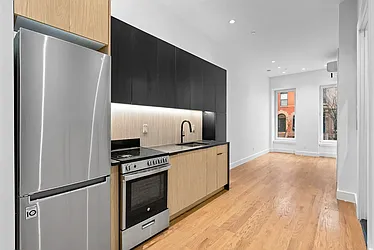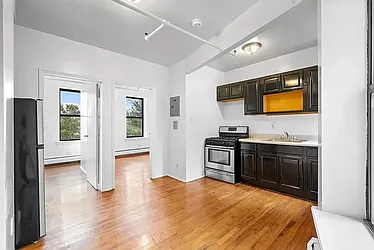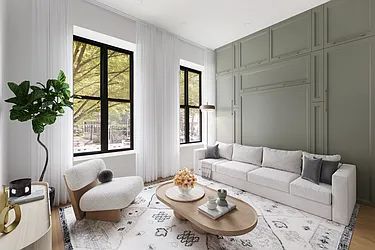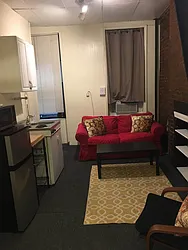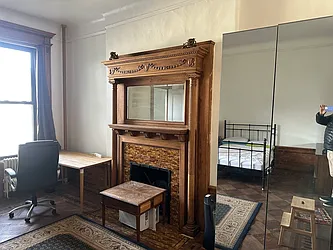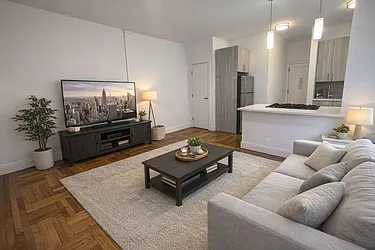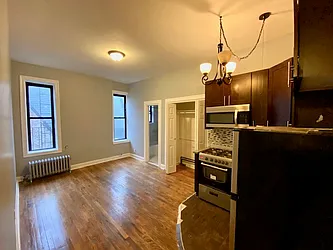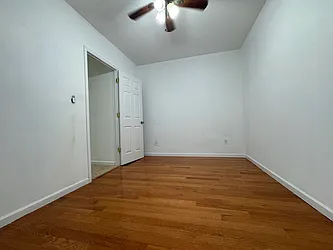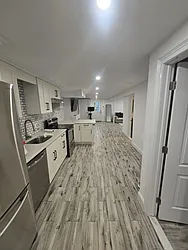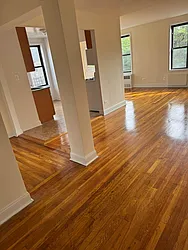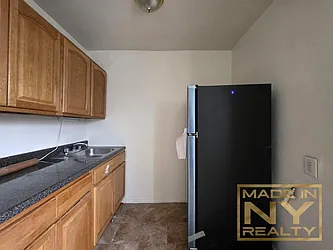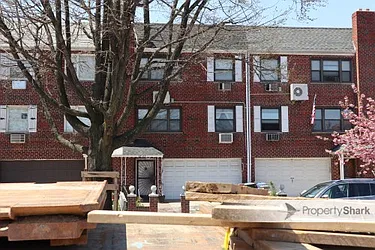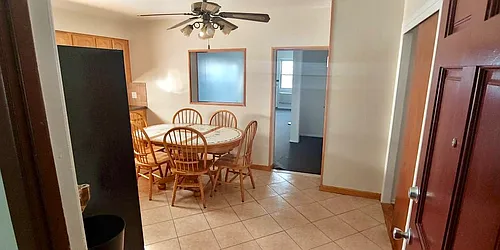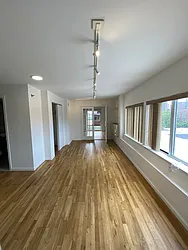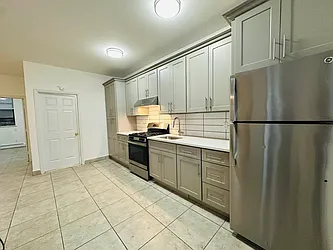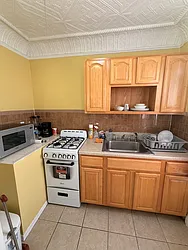Competition is rising again with this year’s spring rental season in full swing. Across New York City, due to strong demand but low inventory, the average home for rent on StreetEasy received 70% more inquiries in March compared to the same month in 2019. Brooklyn is the most competitive rental market in the city with the average listing receiving 97% more inquiries, nearly double compared to 2019. The resurgence of competition for NYC rentals is consistent with the strong kickoff to the spring rental season in cities across the Northeast, as reported by StreetEasy’s parent company Zillow.
Fueled by the pandemic and increased flexibility for workers to commute less frequently to Manhattan offices, renters have been increasingly looking to Brooklyn to find additional space at a lower cost compared to Manhattan. In addition, in recent years Brooklyn has steadily offered rentals in new construction buildings that tend to have more modern amenities, attracting renters with larger budgets. This year, three out of five newly listed rentals in new developments across the city were in Brooklyn, mostly unchanged from the same period in 2019.
NYC Rentals Under $2,500 on StreetEasy Article continues below
Limited Inventory Is Rekindling Competition
Despite the steady supply of rentals in new buildings in Brooklyn, overall rental inventory growth slowed in the borough and throughout the city. Last year’s sharp jump in mortgage rates pushed many aspiring buyers to renew their leases instead, leading to fewer rentals appearing on the market. The average number of homes newly listed for rent in Brooklyn fell more than a quarter (26%) last year compared to the 2019 average. Across the city, the average of newly listed rentals dropped by over a fifth (21%).
Combined with strong demand, the decline in the supply of newly listed rentals drained the city’s overall inventory, leading to fierce competition among renters on the market. In Brooklyn, inventory dropped by a third from March 2019 to 10,170 homes in March 2023 — the sharpest decline in inventory among all five boroughs. In Manhattan and Queens, inventory was down 19% and 20%, respectively. The Bronx and Staten Island were the only boroughs where inventory did not drop from pre-pandemic levels. In the Bronx, inventory remained mostly unchanged, while inventory in Staten Island was up 33% from pre-pandemic levels. Across the city, there were 30,414 rentals on the market in March, 24% below March 2019.
Brooklyn Rentals Under $2,500 on StreetEasy Article continues below
Inventory Crunch Is Behind the Affordability Crisis
A rise in inventory would have slowed the steep growth in asking rents. With this year’s rental season underway, asking rents rose 9.2% year-over-year to $3,344 in March, surpassing the record high in October last year of $3,343, according to the StreetEasy Rent Index. To keep housing costs within the recommended range (usually below 30% of income), an NYC renter must earn close to $134,000 in annual income — almost twice the city’s median household income as of 2021 ($70,663). New York City’s affordability crisis has been more than a decade in the making. Between 2011 and 2021, the city added more than half a million private sector jobs, but created only 300 thousand homes, according to the NYC Housing Vacancy Survey.
Had the number of newly listed rentals in Brooklyn kept up with its pre-pandemic pace, renters would have had 28% more inventory — about 2,900 more homes — to choose from compared to the actual inventory in March 2023. This is assuming the number of homes newly listed for rent last year followed the seasonal average of 2018 and 2019, and the rate at which new leases are signed remained the same. When applying the same calculation to the citywide inventory, renters would have had 16% or about 4,800 more listings to consider across NYC in March than what’s actually available today.
Renters Will See More Inventory This Year
As the weather gets warmer in the city and more New Yorkers look for a new home, rental inventory is rising. While still well below pre-pandemic levels, rental inventory jumped 10% in March from February, roughly in line with the average monthly increase in March between 2015 and 2019 (8.7%).
Aside from the seasonality, more homes are put on the market for rent as more homeowners consider renting out their vacant homes amid elevated rents. Since February 2020, the citywide asking rent has jumped 15%, making it more attractive for homeowners to consider becoming a landlord. Although eager buyers are still competing for limited for-sale inventory, they are slowly regaining negotiating power after a hyper-competitive market last year. Consequently, would-be sellers — especially those hoping to sell their home at a higher price than its current estimated market value — may find it more appealing to rent it out for additional income for the time being.
Manhattan Rentals Under $2,500 on StreetEasy Article continues below
As a result, more vacant homes are joining the rental market than the sales market. The number of newly listed homes for rent rose 5.5% year-over-year in March, the third month in a row of annual growth after 18 consecutive months of annual declines. In contrast, the number of newly listed homes for sale was down 21% year-over-year in March, the tenth consecutive month of annual declines. With growth in asking rents still outpacing growth in sale prices, we expect more homes to appear on the rental market in 2023 compared to 2022.
As Inventory Grows, Renter Competition Will Ease Later This Year
Compared to last year, renters in Manhattan could find 22% more homes for rent in March. Elevated rents in the borough make it more appealing for landlords to list their vacant units. In Manhattan, the typical asking rent was $3,635 in March, up 11% year-over-year. Rental inventory will continue to improve in Manhattan this year, and renters who can afford to stay in the borough will likely see an increase in bargaining power and tapering of yearly rent growth.
Renters can expect a more competitive market in Queens this year, where inventory fell 5.6% year-over-year as renters look for more affordable homes relative to Manhattan and Brooklyn. With declining inventory, rents in Queens are rising quickly. At $2,396, the typical asking rent in Queens rose 9% year-over-year in March, but was still 34% lower than in Manhattan.
Queens Rentals Under $2,500 on StreetEasy Article continues below
In Brooklyn — the most competitive market in the city right now — inventory growth was more modest, up only 0.7% from a year ago. The typical asking rent was $3,168 in March, up 11% year-over-year but still 13% lower than in Manhattan. Severely low inventory in Brooklyn will continue to limit renters’ options in the borough.
Though sustained demand continues to limit renters’ bargaining power, as inventory slowly begins to rise this year, renters can expect to see slightly milder competition compared to last year’s red-hot market. After sharp declines in 2022, the share of rental listings offering concessions (at least one month of free rent) and the share of rental listings reducing asking rents have risen to levels consistent with the pre-pandemic market. The share of listings offering concessions remained stable at 13% in March, 2 percentage points higher than a year ago and roughly in line with 2019. 16% of rental listings cut asking rents in March, 4.4 percentage points higher than a year ago.
The increase in listings offering concessions and price reductions is a sign that a rental market normalization is underway. Competition among renters will continue to slowly cool, as landlords adjust pricing to remain competitive in the market and meet renter demand.
Disclaimer: The information provided is intended for informational purposes only and intended to reflect a snapshot in time.
